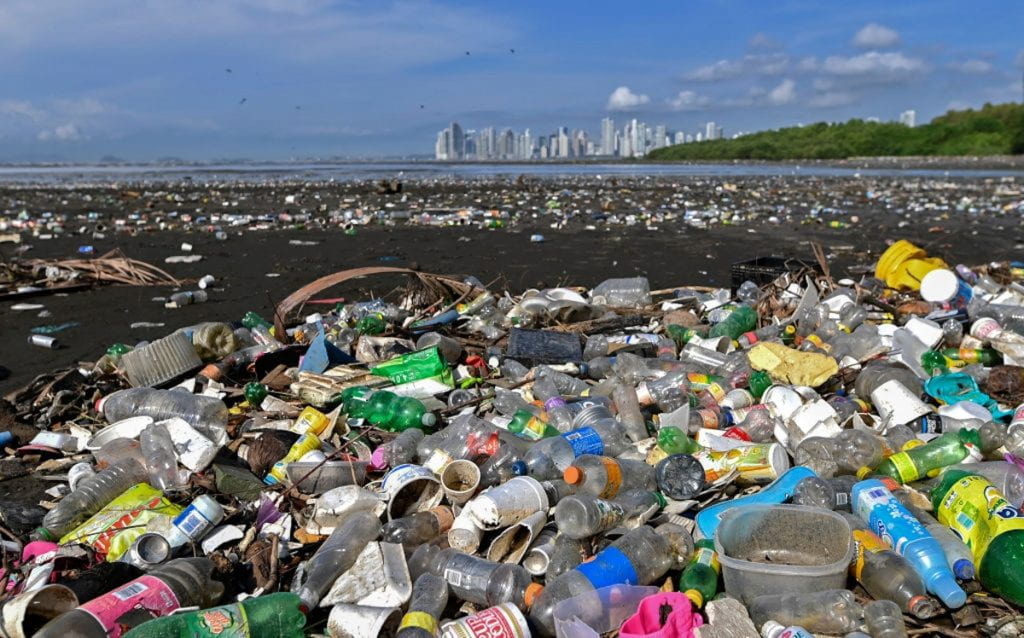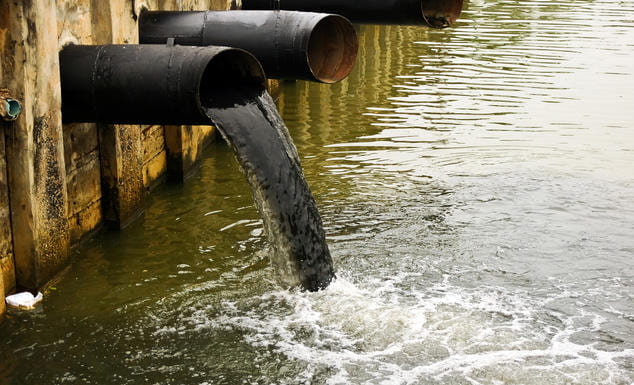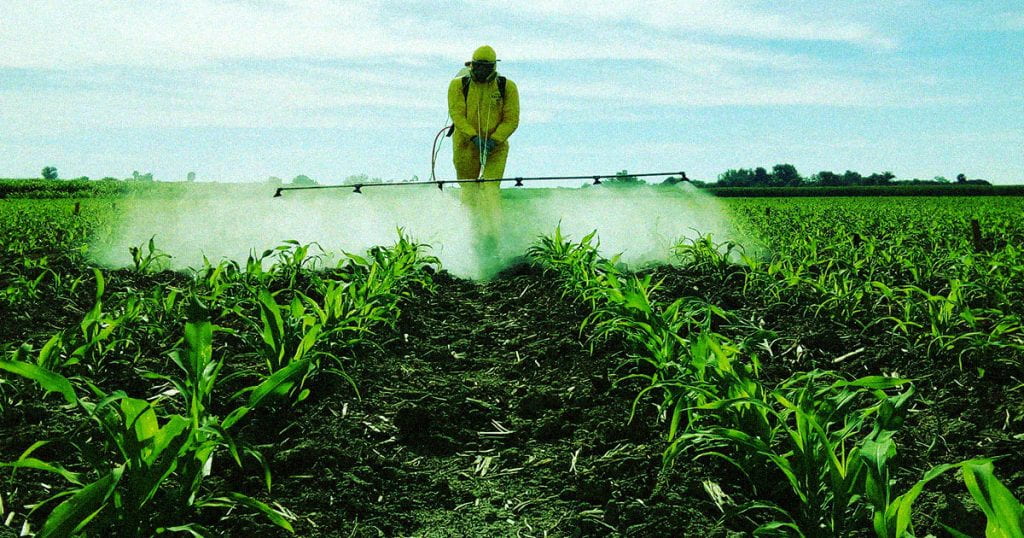
Credit: ecowatch.com 
Credit: nrdc.org 
Credit: futurism.com
Chemical pollutants mostly result from various human activities like the manufacturing, handling, storing, and disposing of chemicals. These occur in industrial places and activities such as oil refineries, coal power plants, construction, mining & smelting, transportation, agricultural use of pesticides and insecticides, as well as household activities. The frequent use of chemical pollutants, such as PBCP or PBCPs, in the atmosphere negatively impacts the environment, as their continued release affects both the health of ecosystems and the health of humans on a local and international level. Furthermore, the release of chemical pollutants can impact other planetary boundaries, like the ozone depletion boundary and the climate change boundary.
To mitigate chemical pollutants, it is essential to develop a universal indicator for chemical pollution; developing this universal indicator would help coordinate efforts to record and mitigate chemical pollution. Additionally, developing technologies that emphasize preventative measures regarding the release of chemicals could help provide beneficial outcomes for sustainability measures[1].
Robotic Solutions For Chemical Pollution
Currently, there are no substantial robotic environmental technologies specifically created to address the issue of excessive chemical pollutants. However, there exists robotic research that deals with water pollution due to chemical pollutants. Envirobot[2] is a BIOMIMETIC autonomous robot that is designed to move through water and test for pollutants without disturbing its environment. Envirobot functions autonomously to collect these samples and sends corresponding data to researchers working off-site. With its ability to be modified to fit different environments and to be improved as newer technology is developed, the Envirobot is a sustainable solution to mapping and collecting data on water pollution.
To see ongoing research and development for mitigating the effects of chemical pollution, click here.
To look into the academic research publications about Chemical Pollution, click here.
| Prev: Climate Change | Next: Ozone Depletion |
References:
[1] Exploring the planetary boundary for chemical pollution, Diamonds et al.(2015)
[2] Envirobot: A Bio-Inspired Environmental Monitoring Platform